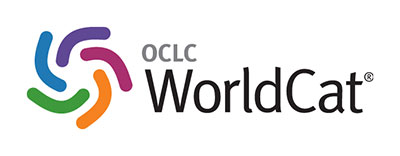The Effect of Tempe Dietary Intake on Plasma Glucose Level in Elderly Patients with Type 2 Diabetes Mellitus
DOI:
https://doi.org/10.28932/jmh.v1i6.550Abstract
The aim of the study was to investigate the effect of daily intake of 100 grams tempe for four weeks on plasma glucose level in elderly patients with type 2 diabetes mellitus. This study was a parallel randomized clinical trial. Subjects were 30 diabetic elderly living in four nursing homes in Jakarta. In the study subjects were assigned to two groups using block randomization. All subjects had to take diabetic regiment with calorie and macronutrient following diabetic recommendation diet. The treatment group (n=16) received tempe, while control group (n=14) received legumes other than tempe. Fasting plasma glucose level (FPG) was assessed before and after intervention. Unpaired t test and Mann Whitney were used to analyzed data with the 5% significance level. There were 27 subjects completed the study: 15 of treatment group and 12 of control group. Both group were comparable in age, gender, BMI, calorie and macronutrient intake before treatment. Fat, fiber, and isoflavone intake were significantly higher in treatment group compare to control group. Decrease in FPG after intervention were observed but were statisticaly insignificant. In conclusion daily intake of 100 grams tempe for four weeks did not decrease FPG.  Keywords: elderly, plasma glucose level, tempe, type 2 diabetesDownloads
Download data is not yet available.
Downloads
Published
2017-08-31
How to Cite
1.
Puspasari G, Dillon D, Budiman B. The Effect of Tempe Dietary Intake on Plasma Glucose Level in Elderly Patients with Type 2 Diabetes Mellitus. J. Med. Health [Internet]. 2017Aug.31 [cited 2026Jan.2];1(6). Available from: http://114.7.153.31/index.php/jmh/article/view/550
Issue
Section
Articles
License
Authors who publish with this journal agree to the following terms:
- Authors retain the copyright and grant the journal right of first publication with the work
simultaneously licensed under a Creative Commons Attribution-NonCommercial 4.0 International License that allows others to share the work with an acknowledgement of the work's authorship and initial publication in this journal. - Authors are able to enter into separate, additional contractual arrangements for the nonexclusive distribution of the journal's published version of the work (e.g., post it to an institutional repository or publish it in a book), with an acknowledgement of its initial publication in this journal.
 This work is licensed under a Creative Commons Attribution-NonCommercial 4.0 International License.
This work is licensed under a Creative Commons Attribution-NonCommercial 4.0 International License.

















